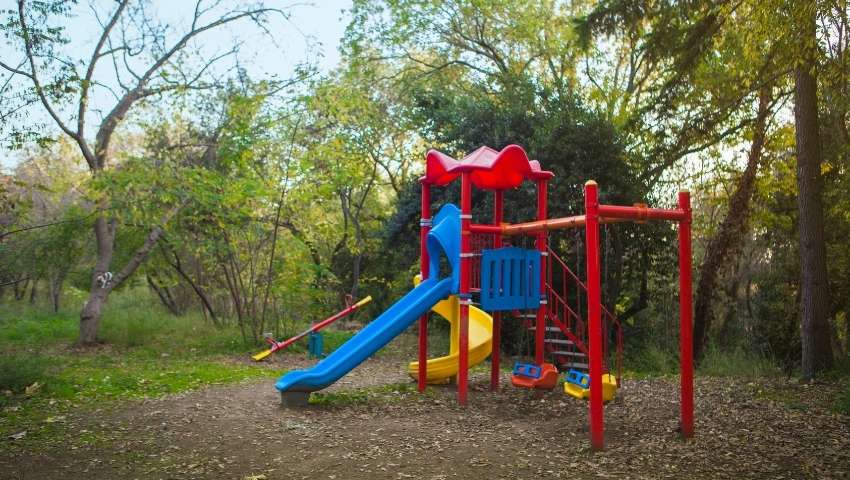Playgrounds are important sources of recreation and merriment for children in their formative years. The activities in a playground can not only offer them the necessary physical exercise but also ample opportunities to develop their motor and cognitive skills.
If you are building a playground or are in-charge of one, you will have a lot of crucial decisions to take. Right from the kind of equipment you want for the playground to the kind of safety measures to put in place. Nearly 200,000 children visit the emergency room every year due to an injury at the playground.
With these statistics in mind, the government encourages that you should get your playground audited regularly for compliance with safety standards. If you are planning for an audit or inspection of your playground, here are a few terms that you should know about:
#1 ADA
Short for American Disabilities Act — a civil rights law that was enacted in 1990, to promote accessibility to individuals with disabilities in public spaces. The act is especially important when you are building a school or playground.
#2 Critical Height
Critical Height is the maximum height of playground equipment wherein a fall will not result in a serious head injury. It is considered to be quite crucial to playground safety. The play surface should be kept lower than critical height at all times to prevent serious injuries in the playground.
#3 Fall Height
Most playgrounds implement an impact-absorbing surface to prevent any serious accidents from taking place. The distance between the highest point of a play structure and this surface is known as the fall height. The fall height should be measured in a way that if a child falls from this point, they should land safely without incurring any life-threatening injuries.
#4 Safety Surfacing
Safety Surfacing or an Impact-Absorbing Surface is absolutely critical to building a safe playground. It is a protective surface that is installed in the play area to lessen the impact of a trip or fall. Poured-in-place (PIP) rubber surfacing is considered to be an ideal option for creating an impact-absorbing surface.
#5 Safety Audit
A playground safety audit is a one-time inspection wherein a safety inspector will visit your playground to assess the safety. The key assessment factor in a safety audit is compliance with the current standards of care, prescribed by the governing authorities. The safety inspector will be on the lookout for any potential hazards that might endanger children, and recommend solutions to solve such issues.
#6 Maintenance Inspection
Maintenance inspections are conducted periodically as opposed to safety audits and are targeted at checking the condition of the equipment and materials on the playground. The safety inspector will be on the lookout for outdated equipment or rusty surfaces that might cause injuries.
#7 Entanglement
If you have ever been subject to a maintenance inspection or a safety audit, chances are that your safety inspector will point out “hazards leading to entanglement”. Entanglement is basically an incident wherein a child’s jewelry or clothing might get entangled on a playground equipment. Such incidents can lead to injuries or falls, and can often be prevented by maintaining the ideal playground safety standards.
#8 Use Zone/Safety Zone
Safety Zone or Use Zone is where your Safety Surface should be installed. It is an area that is beneath or adjacent to playground equipment at places where a child is likely to fall. It is a ground level area and is generally the most protected and well-maintained part of a playground.
#9 Inclusive Playground
An inclusive playground is one in which all children — regardless of any physical disabilities or conditions can have access to equipment and enjoy. In such playgrounds, the structures, equipment, and other accessories are designed to benefit all children. Such playgrounds feature a combination of ground-level activities along with other activities.
More importantly, such playgrounds are completely ADA-compliant.
Wrapping Up
Playground safety is an important issue of concern for parents as well as educators. While no child is absolutely safe on any playground, policy makers have been able to come up with regulations and standards that will prevent serious injuries from taking place. It is important that every playground adheres to these standards, and more importantly, conduct regular audits to ensure safety of the children.

